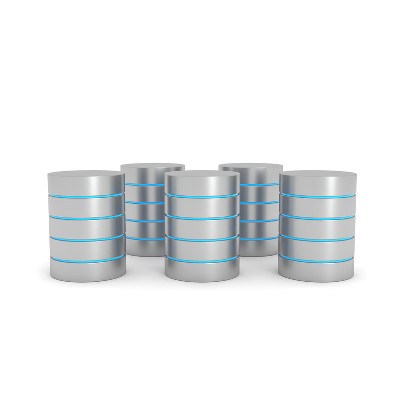Data might be the single most important asset of any business, but you would be shocked to hear about how many organizations don’t consider data loss to be a prominent threat. The fact remains that it doesn’t take an immense disaster to wipe out an entire infrastructure, and that you should expect the worst to happen regardless of how unlikely it is to do so.
Data backup and disaster recovery are both important elements of preserving your business in the long run. Data backup makes copies of your organization’s data infrastructure and, depending on the solution, backs them up to several possible locations. On the other hand, disaster recovery focuses on restoring your data following a crippling disaster. Combined, they make up what’s called a Backup and Disaster Recovery (BDR) solution, which is capable of taking regular backups throughout the workday and rapidly restoring data in the face of disaster. Here are three types of disasters that a good BDR solution can protect your business’s data from.
Natural Disasters
It doesn’t matter where your office is located--the truth is that you’re bound to encounter a natural disaster in at least some capacity. Organizations on the coast might experience flooding or rain storms that damage their physical infrastructure. Locations prone to tornadoes or earthquakes could see their operations plummet (or soar--literally) in the face of nature’s awesome destructive power. Power outages and fires are two of the most common natural disasters, and they’re so dangerous because they can happen to any business. BDR can, at the very least, safeguard your data until the disaster has passed.
Hardware Failure
A notorious cause of data loss is an unexpected hardware failure. This can happen if you ignore the telltale signs of hardware degradation for too long, or if you’re using an old or outdated workstation or server. Thankfully, hardware failure is easy enough to avoid… that is, assuming you know what to look for. An outsourced IT company like Grove Networks can remotely monitor your technology solutions to ensure that any hardware failure symptoms are quickly (and quietly) addressed. The idea is to keep an eye out for problems that hint toward an imminent failure, and to take action before it happens to smooth over the process of replacing the failed piece of hardware.
User Error
Arguably one of the most common causes of data loss is user error. This occurs when a user makes a mistake that leads to either compromised data or the destruction of important information. Believe it or not, this happens more often than you’d think, particularly with employees who have access to information that they shouldn’t have access to. You can mitigate this issue by cutting employee permissions to data they have no business seeing, like human resources information or accounting files.
If you want to protect your organization’s digital assets in the most convenient way possible, consider implementing a BDR solution from Grove Networks. Our BDR can back up your data as often as every fifteen minutes and restore it in a matter of moments. BDR even allows you to restore data directly to the BDR device following a disaster, which minimizes downtime and lets you get back in action as soon as possible following a major data loss incident.

